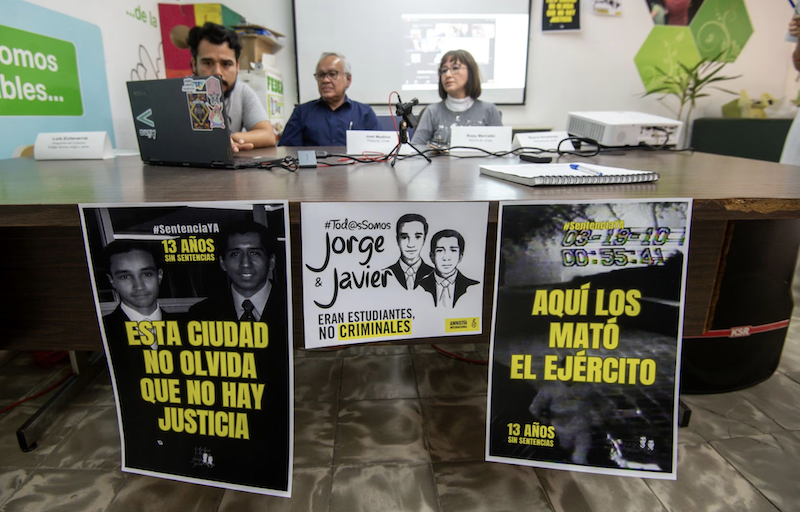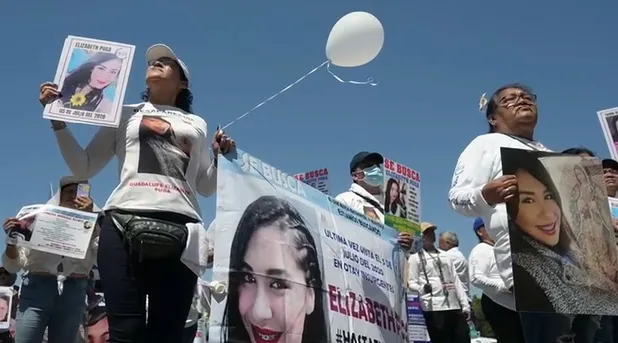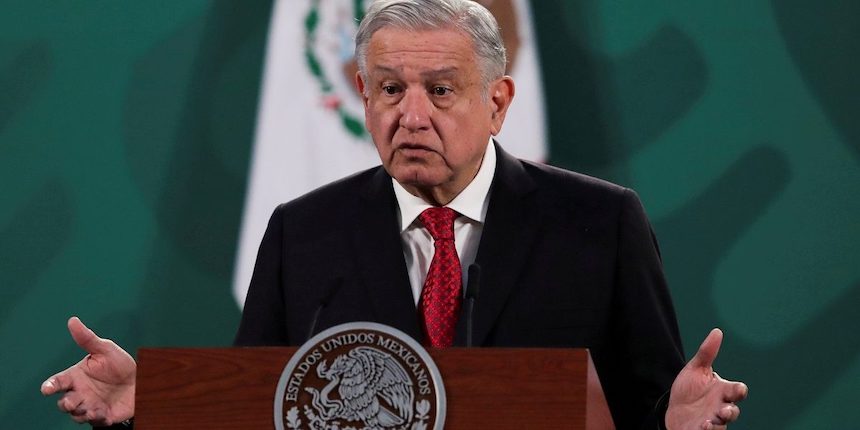This week, El Universal ran a series of reports by two teams of journalists on drug trafficking and its impacts north of the border, looking especially at U.S.-side corruption and retail distribution networks. According to part of an on-going report headed by two teams of journalists from El Universal, drug traffickers are corrupting U.S. authorities.
According to one report in the series, drug traffickers in Laredo, TX operate a wide ranging network of handlers and distributors that includes former-U.S. law enforcement personnel, former-U.S. military personnel, young people aged 13-19, and women. These actors, who Eagle Pass chief of police Antonio Castañeda describes as the “soldiers of U.S. narcotrafficking,” are reportedly involved in surveillance of shipments, seduction and corruption of U.S. law enforcement, and transportation and sale of drugs in the United States. “Kids of 18 and 19 years old have trucks that cost $60,000. And they don’t work! That does not add up,” says Castañeda.
Webb County police officer Ángel López is quoted saying that young people serve work in surveillance and distribution: “They use their Nextel phones to guide the short runs with cars loaded with drugs or for sales to addicts. Texas laws do not permit incarceration of minors under 16 year of age, which is why they are chosen. They are all kids 13 to 15 years of age.”
El Universal describes specifically how drug traffickers use surveillance at the border, with scouts placed at the border to watch for moments when customs and border protection officials are distracted. Everyday dozens of individuals responsible for directing the movement of cars loaded with drugs from the Mexican side are placed midway between international checkpoints. With the tens of thousands of cars and commercial trucks that cross the border daily, “it is impossible [for officials] to check every truck, every car that passes through the bridge. And Customs will tell you the same thing: yes we catch some, but for every shipment we catch we miss three or four. And that is basic economics: you sacrifice one load but you succeed in sending three or four,” says the spokesperson for the Laredo police department.
In addition, El Universal emphasized the role of U.S.-side corruption. Raul Salinas, the mayor of the U.S. border city of Laredo, the most active commercial port of entry on the U.S.-Mexico border, is quoted saying that, that “without doubt,” there is U.S.-side bribery and corruption. However, Salinas contends that there is no agency-wide corruption.
Tony Payán, a University of Texas-El Paso professor, differs with this point of view. Payán is quoted as saying that the operations of drug trafficking organizations in the United States are “immense,” but that this will never be acknowledged. Moreover, he asserts that U.S. law enforcement corruption is a necessary result of the increase in technology at the border: “The shipments cross randomly through the ports of entry in which there is more and more technology, due to which, there are more corrupt customs agents who let them pass through. But the United States has never accepted that its corruption could be systematic.” Yet, according to police sergeant Chris Valdez from New Mexico, “Corruption is everywhere, you know?”
Due to the intense cross-border commercial activity in Laredo, there are enormous warehouses along the city’s railways and secondary transportation routes that are used by drug traffickers to hide drugs. Laredo police department spokesperson Joe Baeza says “It is like hiding a leaf in a forrest.” According to El Universal, to combat these networks, there are dozens of uniformed and undercover officers patrolling these areas as part of “the grand North American defense against drugs.”
Border cities like Laredo and San Diego serve as transshipment points for major internal destinations like Los Angeles, Dallas, Houston, Phoenix, Chicago, Las Vegas, Miami, New York, Seattle, and Washington, D.C.. In all, Mexican drug cartels have developed a presence in at least 230 U.S. cities, where they have ties to local U.S. gangs. For example, the Sinaloa cartel dominates in Tucson and Nogales, which are important transshipment points for the distribution of heroin, marijuana, and methamphetamine to other U.S. markets. In San Diego, for example, drug trafficking organizations use local distributors like the “Logan Heights 13,” a Latino street gang that operates in Chicano Park in the neighborhood of Barrio Logan.
The El Universal series on U.S.-side dynamics was accompanied by an editorial titled “U.S.: The Art of Blaming Your Neighbor,” which contends that the supply-side approach to the U.S. war on drugs declared nearly 40 years earlier by President Richard Nixon imposes its costs on Mexico and Colombia without assuming responsibility for U.S. demand.
In one article in the series, Mayor Salinas of Laredo states: “It bothers me greatly to see 13-year old boys consuming drugs,” According to Salinas, nearly half of marriages in the city end up dissolving. Elsewhere, La Española, a rural area in the north part of New Mexico state, has one of the highest rates of heroine addiction in the U.S.; as a result, deaths from overdoses, prostitution and poverty have taken hold of its inhabitants. There, New Mexico police sergeant Valdez’s observes, “CNN announced that drug use dropped. I don’t know how that can be. That’s not noticeable here. Now there are more people using drugs than when I started to work here in ‘93. I never saw a person of 13 years old injecting themselves, or worse, women who are prostitutes in order to obtain a dose,” he says. “This is not a war. People keep dying. Everything is ruined.”
University of San Diego professor David Shirk is quoted as saying that: “In the last 40 years, the [U.S.] federal government’s strategy has failed because this is not an enemy that you fight with police and guns. [T]he only way to fight it is with an army of psychologists, doctors, social workers, and family networks working against the culture of drug consumption in North American society.”
Source:
El Universal, “EU: el arte de culpar al vecino,” El Universal, October 19, 2009.
Alvarado, Ignacio and Evangelina Hernández, “Narcos corrompen autoridades de EU,” El Universal. October 19, 2009.
Hernández, Evangelina, “La ‘vida loca’ al servicio del narco,” El Universal. October 19, 2009.
Alvarado, Ignacio and Evangelina Hernández. “Narco compra en Estados Unidos a ex militares,” El Universal. October 20, 2009.
Hernández, Evangelina and Ignacio Alvarado. “Ciudades de EU son bodegas de drogas,” ElUniversal, October 21, 2009.




